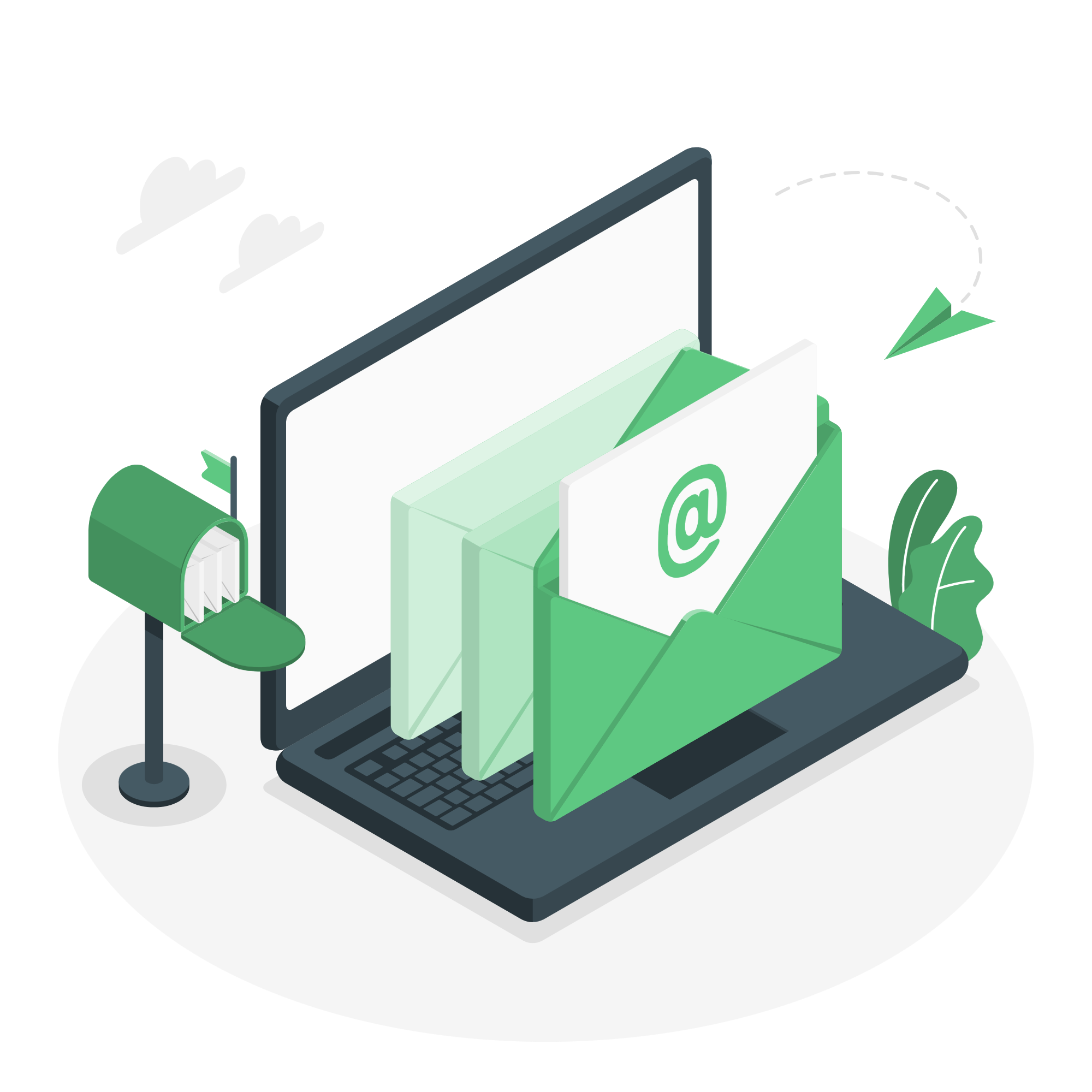Introduction
In the fast-paced digital space, email remains one of the most powerful and cost-effective tools for building customer relationships. While social media often dominates conversations, email marketing consistently delivers one of the highest returns on investment (ROI), allowing brands to reach audiences directly, on their terms. The key, however, is not simply sending emails, but crafting messages that are targeted, relevant, and designed to drive action.
That’s where strategy comes in. Successful email marketing blends creativity, timing, and data to meet your audience where they are and guide them toward a desired outcome. Whether you’re a small business owner or managing campaigns for a large company, these proven techniques can help you get more from every send.
1. Build a Quality List, Not Just a Big One
Your campaign is only as strong as the people receiving it. A massive list may look impressive, but if those subscribers have no interest in your brand, your engagement will suffer. Instead, focus on attracting quality leads through opt-in incentives such as free resources, exclusive offers, or early access to new products. A clean, permission-based list not only boosts performance but also protects your sender reputation.
2. Segment for Precision
Think of your audience as different communities within the same city, each with its own interests, needs, and buying habits. Segmenting by demographics, purchase history, or engagement level allows you to tailor your messaging so each group feels seen and understood. The more relevant your content, the higher your chances of conversion.
3. Personalize Beyond the First Name
While including a subscriber’s name is a start, true personalization goes further. Show customers you’ve been paying attention by suggesting products based on past purchases, sending location-specific updates, or customizing content to their engagement patterns. This makes every interaction feel like it was written just for them.
4. Master the Subject Line
If your email were a storefront, the subject line would be the sign above the door. It’s your first impression and often your only shot at capturing attention. Keep it short, relevant, and enticing. Test variations that use urgency, curiosity, or exclusivity, but never at the expense of honesty.
5. Design for the Screen in Their Hand
With the majority of emails now opened on mobile devices, design can’t be an afterthought. Use responsive layouts, concise copy, and clear call-to-action (CTA) buttons. Ensure that every link is easy to tap, every image loads quickly, and your message remains skimmable even on the smallest screens.
6. Automate to Stay Present
Automation turns your email marketing into a 24/7 salesperson. From welcome series to cart abandonment reminders, automated sequences ensure timely communication without constant manual effort. This keeps you connected to your audience at critical moments in their customer journey.
7. Measure, Learn, Repeat
Data is the compass that keeps your campaigns on course. Track open rates, click-through rates, and conversions to understand what’s resonating. Small, consistent adjustments based on real insights can significantly improve long-term performance.
Conclusion
Email marketing is not about flooding inboxes; it’s about creating a conversation that’s valuable to the recipient and profitable for your business. By building a strong list, targeting with precision, and continuously refining your approach, you can transform your email campaigns into a consistent source of engagement, loyalty, and revenue.


demo@teamsource
Amazing!